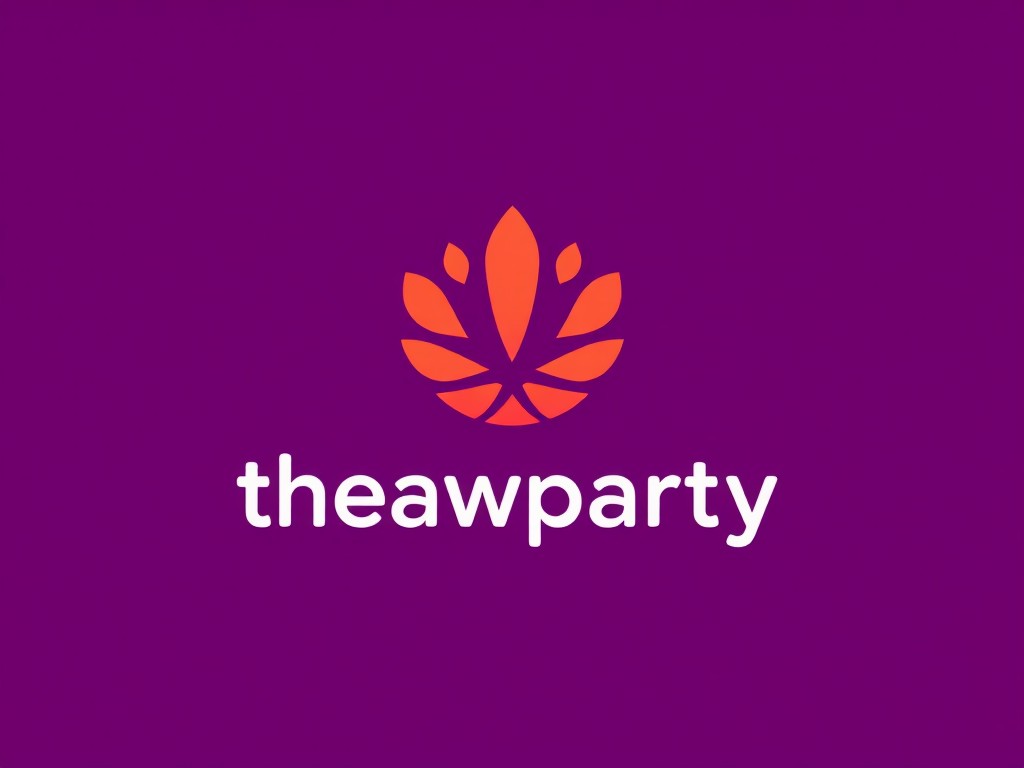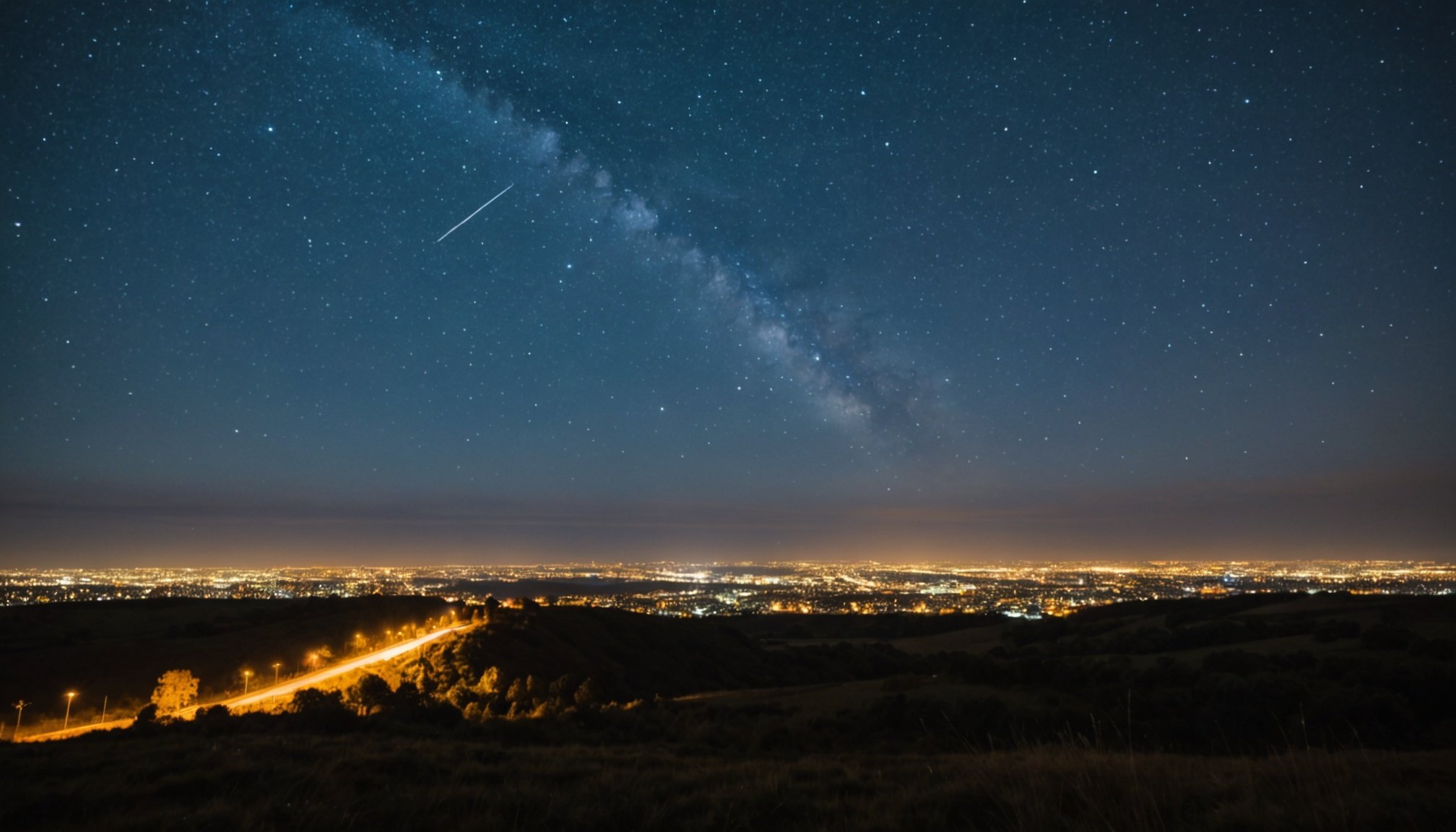Understanding Light Pollution
Light pollution, often overlooked in ecological discussions, has profound effects on nocturnal wildlife. Light pollution encompasses several types: glare, which is overwhelming brightness; skyglow, the faint illumination over urban areas; and light trespass, where light spills into areas it doesn’t belong. These forms disrupt ecosystems by altering natural behavioral patterns, especially for nocturnal species.
Nocturnal wildlife rely on natural darkness for various activities, from hunting to reproduction. Excessive artificial light confuses these animals, disturbing their navigation and feeding habits. For example, many nocturnal birds and insects use the moon and stars for navigation. Skyglow renders these celestial cues invisible, leading to disorientation and, in severe cases, mortality.
Lire également : Essential Safety Measures for Managing Animal Escapes in UK Wildlife Parks
In the UK, the prevalence of light pollution is growing. Urban regions exhibit some of the highest levels, affecting not just wildlife but also human health and the visibility of stars. Studies have shown that glare and skyglow are particularly pervasive in cities, causing issues for both nocturnal animals and astronomers.
Understanding light pollution’s impact on nocturnal wildlife emphasizes the importance of developing strategies to mitigate such effects, fostering a balance between human activities and ecological preservation.
A lire aussi : How Climate Change Influences Coastal Bird Populations in the UK: Unveiling the Impact
Practical Strategies for Reducing Light Pollution
Addressing light pollution requires both individual actions and community initiatives. By implementing simple yet effective measures, we can significantly alleviate its impact on our environment.
Individual Actions
Start by installing outdoor lighting with a lower lumen output. This practice helps reduce excessive brightness, making the night sky more visible. Additionally, incorporating motion sensors for security lights ensures they are only active when necessary, thus minimizing continuous light emissions.
Opt for warm-colored bulbs to minimize blue light emissions. Blue light scatters more easily in the atmosphere, contributing significantly to light pollution. By choosing warmer hues, you preserve night-time darkness while maintaining adequate illumination.
Community Initiatives
Collective effort is pivotal. Organizing community awareness campaigns educates residents about light pollution and its solutions.
Partner with local councils to improve street lighting solutions, such as adjusting the angle of lights to focus downward, reducing unnecessary skyward emissions.
Moreover, creating “dark sky” areas, protected through local regulations, can preserve night-time environments. These designated zones not only curb light pollution but also foster environments favourable for wildlife, providing a shared benefit for people and nature alike. Engaging community support in these projects is crucial for long-term success.
Legal Guidelines and Local Policies
In the United Kingdom, UK Lighting Regulations play a significant role in managing outdoor lighting installations. These regulations aim to minimize light pollution and its environmental and health impacts. Environmental Legislation also intersects with these rules by ensuring that lighting practices do not adversely affect nocturnal wildlife and human well-being.
Local councils further influence light pollution management. They often develop tailored guidelines that align with national standards while addressing unique community needs. By setting curfews for outdoor lighting or specifying acceptable brightness levels, councils can limit excessive artificial light, protecting both the night sky and residents’ privacy.
Moreover, understanding the impact of local councils on this issue can highlight the potential benefits of community engagement. Effective light pollution management fosters healthier ecosystems and enhances residents’ quality of life. Through partnerships with local organizations, councils can implement more sustainable lighting solutions.
A compelling example of successful policy implementation is showcased in Gloucester. The city’s adoption of energy-efficient street lighting significantly reduced light emissions, demonstrating how proactive UK Lighting Regulations can produce tangible environmental benefits. Such cases underscore the importance of collaboration between national regulations and local policies in achieving sustainable lighting solutions. By refining these strategies, communities can enjoy the night sky while safeguarding the environment.
Potential Benefits of Diminishing Light Pollution
Light pollution has significant impacts on wildlife conservation and environmental health. Addressing these can lead to numerous benefits. Reduced artificial lighting benefits nocturnal wildlife by creating a more natural environment. Many species, such as bats and moths, rely on darkness for foraging and navigation. This restoration of natural darkness aids in preserving biodiversity.
Light pollution also affects human health and well-being. Excessive exposure to artificial light disrupts the body’s natural circadian rhythms, which may increase the risk of sleep disorders. Dimmer night environments can improve overall health and enhance mental well-being, leading to more restful sleep patterns.
Economically, maintaining dark skies offers distinct advantages. Increased tourism for stargazing in regions famous for clear night skies can boost local economies. People travel specifically to enjoy and photograph the night sky, contributing to local businesses such as hotels and restaurants.
Strategies for reducing light pollution, such as shielded streetlights and reduced outdoor lighting, can foster a symbiotic relationship between human societies and the environment. By embracing such practices, we can obtain sustainable economic growth, enhance living conditions, and revitalise ecosystems.
Resources and Tools for Residents
Addressing light pollution requires awareness and action. Fortunately, there are numerous light pollution resources available to assist residents in their efforts. Light pollution maps are essential tools that help identify areas of concern by highlighting zones with excessive artificial light. These maps are often complemented by user-friendly apps that provide real-time data and recommendations to reduce light pollution in specific areas.
Local initiatives play a crucial role in combating light pollution. Many communities have established organizations focused on this cause. These organizations collaborate on projects, advocate for policy changes, and support legislation that promotes responsible lighting practices. By engaging with such groups, residents can leverage their expertise and resources.
Furthermore, educational materials and workshops are readily accessible to raise awareness about light pollution’s impact. Community workshops are usually organized by local environmental agencies or nonprofits. They offer hands-on sessions teaching the fundamentals of light pollution reduction and efficient lighting practices. Many of these programs focus on empowering individuals with practical solutions, such as installing shielded light fixtures or advocating for better street lighting regulations in their neighborhoods.
Through these resources and efforts, residents can significantly contribute to reducing light pollution and enhancing the natural beauty of their surroundings.
Engaging Visual Aids and Local Examples
Utilising visual education methods can significantly enhance comprehension of complex concepts like light pollution. Engaging tools such as diagrams and infographics often help demystify the relationship between artificial lighting and its impact on ecosystems. By visualising data, learners can better appreciate the nuances of how light affects its surroundings.
Case studies from the UK provide compelling narratives of successful light pollution reduction initiatives. For instance, local authorities in Cornwall implemented a scheme to shield streetlights, drastically reducing their environmental footprint. Such examples spur innovation and invite communities to adopt practical solutions tailored to their unique settings.
Infographics illustrating the correlation between lighting and wildlife behaviour underscore the critical need for change. Visual representations highlight how excessive illumination disrupts the natural behaviour of nocturnal species, leading them astray from essential tasks like foraging and mating.
Through the strategic use of visual education tools, paired with real-world examples from locale-specific case studies, one can foster a deeper understanding and inspire action against light pollution. Engaging visuals not only communicate urgency but also educate and empower communities towards sustainable living practices, showcasing a path to securing a harmonious balance with nature.













